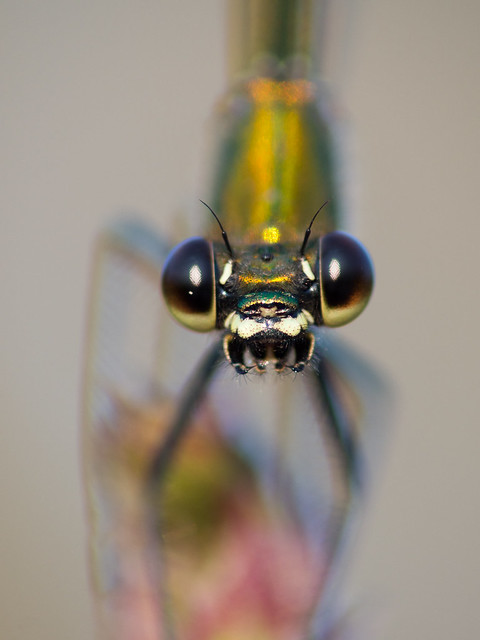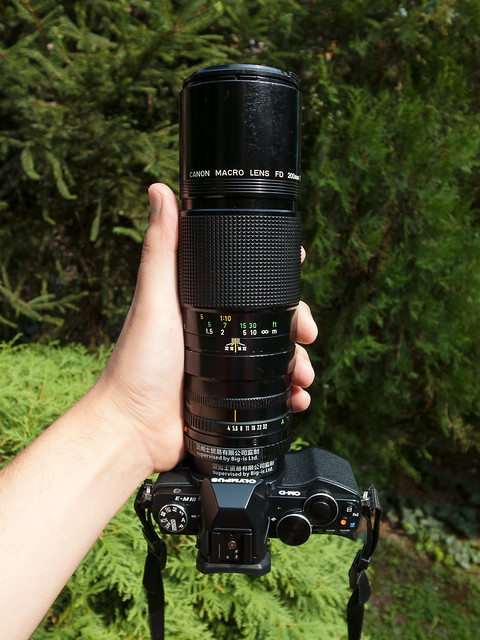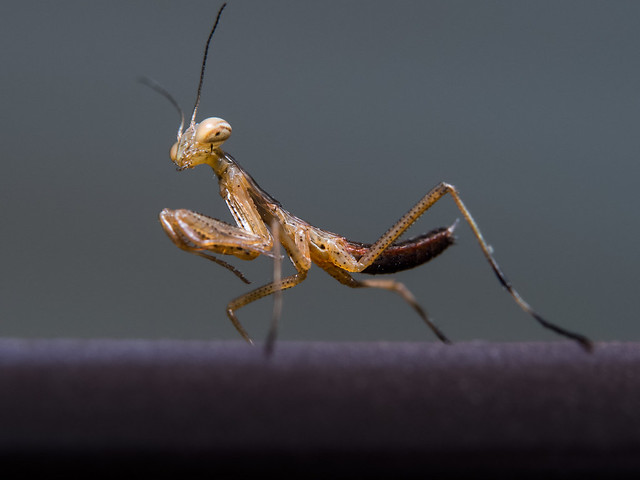
I’ve been using the Nikon 32mm F1.2 prime lens for many months now and I have owned and used the Olympus 45mm F1.8 lens for much, much longer. I think it’s safe to say that I know both lenses inside and out. Looking at their properties – like focal length, suitability for beautiful bokeh, and so on – one inevitably arrives at the conclusion that these two lenses serve the same purpose inside their respective ecosystems and that therefore they are very much comparable. In my opinion both of them are great lenses in their own right. There are huge differences in the image quality department, however, which I’m going to discuss in the following article.







